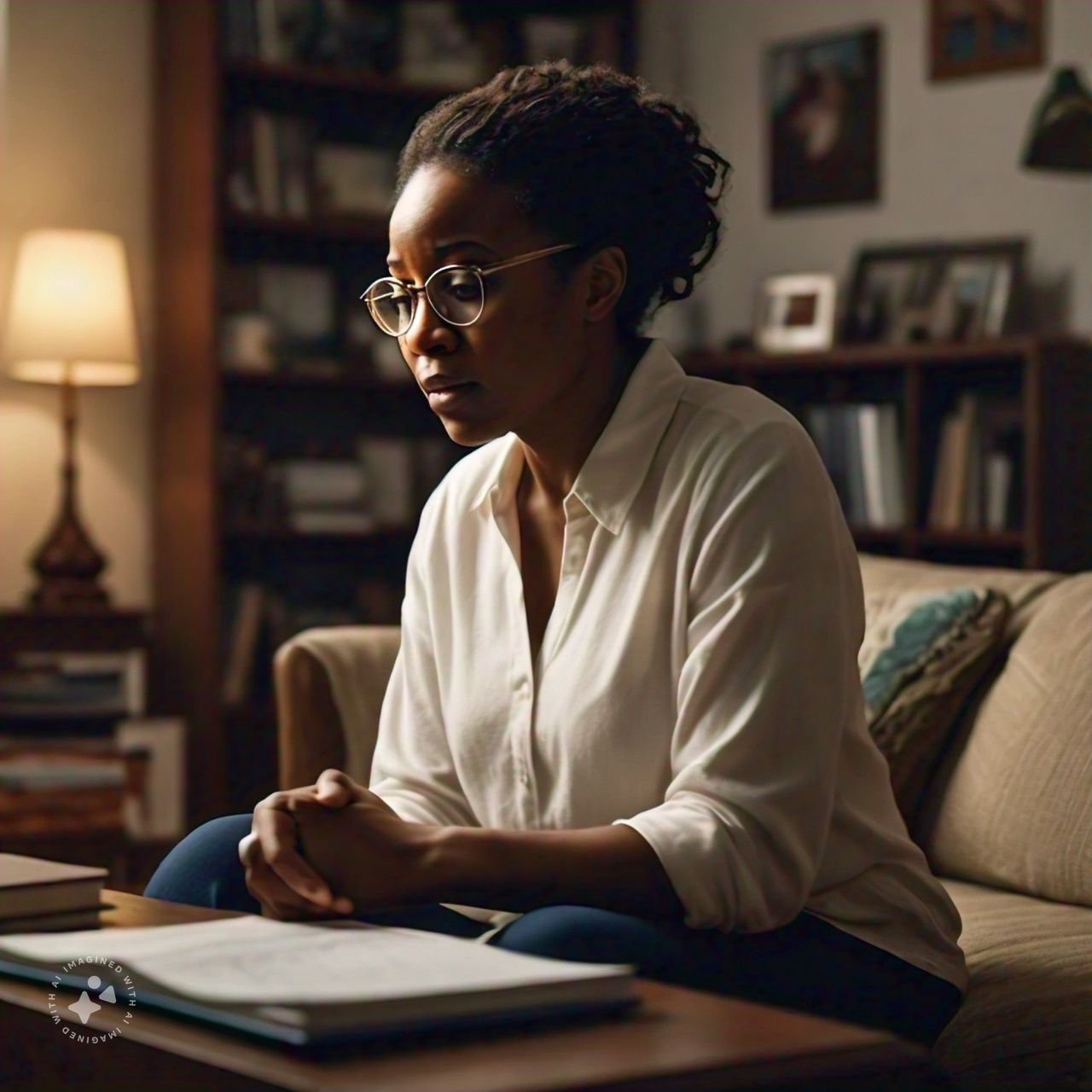Domestic violence is a serious issue that affects individuals and families across the globe. It can take many forms, including physical, emotional, sexual, and financial abuse, often leaving victims trapped in fear and isolation. Fortunately, there are legal protections in place to help families experiencing domestic violence. Understanding these protections can empower victims to seek safety and justice.
1. Understanding Domestic Violence
Domestic violence typically refers to abusive behavior by one partner to control or dominate the other in an intimate relationship. This abuse can occur in marriage, cohabitation, dating relationships, or between family members. Common types of abuse include:
- Physical abuse: Hitting, kicking, or using physical force to harm the victim.
- Emotional abuse: Intimidation, threats, and manipulation to undermine the victim’s self-worth.
- Sexual abuse: Forcing or coercing sexual activity without consent.
- Financial abuse: Controlling or restricting the victim’s access to financial resources.
2. Legal Protections Available for Families
In response to domestic violence, various legal protections are available to help safeguard victims and their families. These protections vary by state or country but generally include:
Protective Orders (Restraining Orders)
One of the most common legal remedies for domestic violence victims is obtaining a protective order (also known as a restraining order). This court order prohibits the abuser from contacting or coming near the victim. Key types include:
- Emergency Protective Orders: Issued immediately when there is an imminent danger to the victim, often without the abuser present (ex parte).
- Temporary Protective Orders: Typically issued after an initial hearing, these orders last for a specific time, such as 30 days, until a more permanent solution is determined.
- Permanent Protective Orders: After a full court hearing, these orders can provide longer-term protection, lasting several years or even indefinitely in some cases.
These orders can provide other forms of protection, such as granting temporary custody of children to the victim, mandating that the abuser vacate the shared home, or ordering them to pay child support.
Child Custody and Visitation Rights
In domestic violence situations, courts often prioritize the safety and well-being of children. Family courts may:
- Award sole custody to the non-abusive parent to protect the child from harm.
- Restrict visitation rights for the abusive parent or require supervised visits to ensure the child’s safety.
Judges can modify existing custody and visitation arrangements if domestic violence occurs after a custody order is in place.
Criminal Charges and Prosecution
In cases of severe domestic violence, the abuser may face criminal charges, such as assault, harassment, or sexual abuse. Convictions can lead to penalties such as imprisonment, probation, or mandatory counseling programs.
Victims are often encouraged to report incidents to law enforcement, which can result in immediate arrest under “mandatory arrest” laws in many jurisdictions.
Shelter and Housing Protections
Many states and countries have laws that protect domestic violence survivors from being evicted from their homes. Some laws also require employers to provide leave for victims to relocate, attend court hearings, or seek medical treatment without the risk of losing their jobs.
Victims can also seek assistance from domestic violence shelters, which offer temporary housing, counseling, and legal advocacy services.
3. Legal Support and Resources
Navigating the legal system can be daunting for domestic violence victims, but help is available. Victims can access various legal resources, including:
- Legal Aid Societies: Many organizations offer free or low-cost legal assistance to domestic violence survivors, helping them obtain protective orders, custody, and other legal remedies.
- Hotlines and Counseling Services: National domestic violence hotlines provide immediate support, safety planning, and connections to local resources.
4. Conclusion
Domestic violence is a critical issue that requires both immediate protection for victims and long-term legal solutions. Protective orders, child custody modifications, criminal charges, and other legal measures can help victims regain safety and control over their lives. However, the legal process can be complex, and seeking professional legal guidance is often necessary to ensure the best outcome for the victim and their family.
By understanding the legal protections available, victims of domestic violence can take the first steps toward ending the abuse and securing a safer future for themselves and their loved ones.
